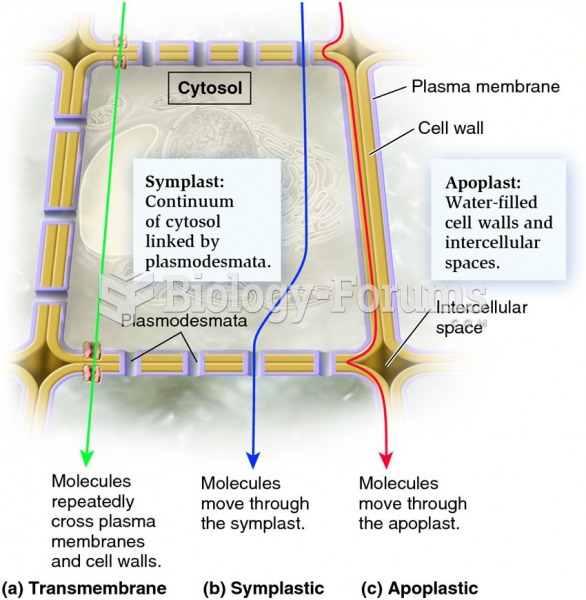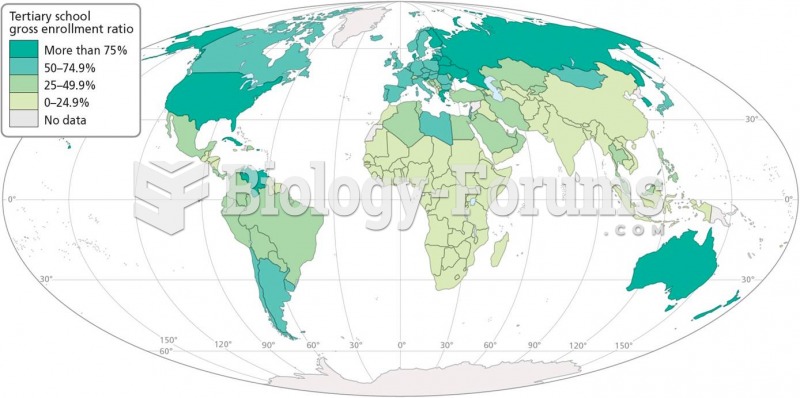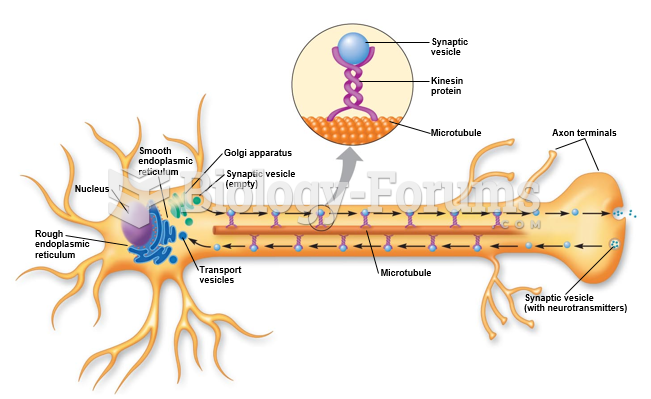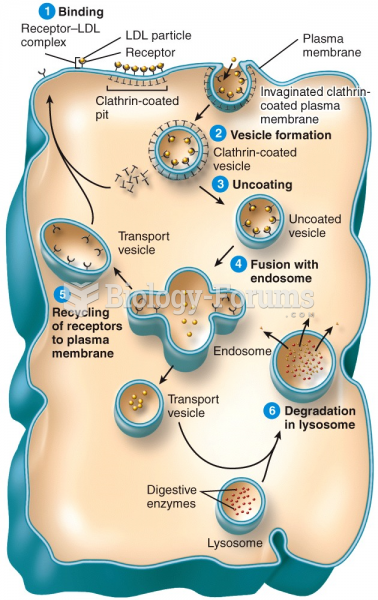|
|
|
People who have myopia, or nearsightedness, are not able to see objects at a distance but only up close. It occurs when the cornea is either curved too steeply, the eye is too long, or both. This condition is progressive and worsens with time. More than 100 million people in the United States are nearsighted, but only 20% of those are born with the condition. Diet, eye exercise, drug therapy, and corrective lenses can all help manage nearsightedness.
Each year in the United States, there are approximately six million pregnancies. This means that at any one time, about 4% of women in the United States are pregnant.
The average office desk has 400 times more bacteria on it than a toilet.
Cancer has been around as long as humankind, but only in the second half of the twentieth century did the number of cancer cases explode.
The longest a person has survived after a heart transplant is 24 years.







